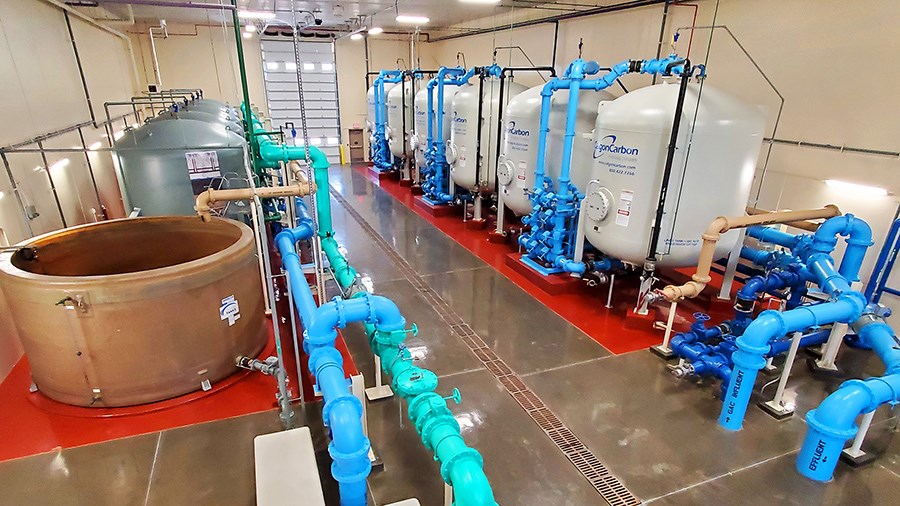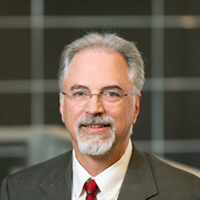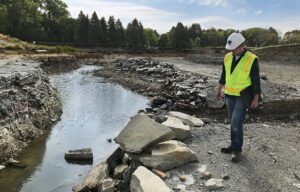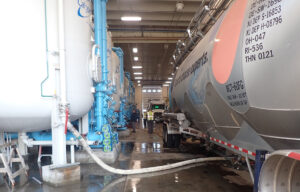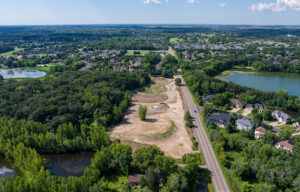Municipal waste stream PFAS removal and destruction: Current alternatives and cost
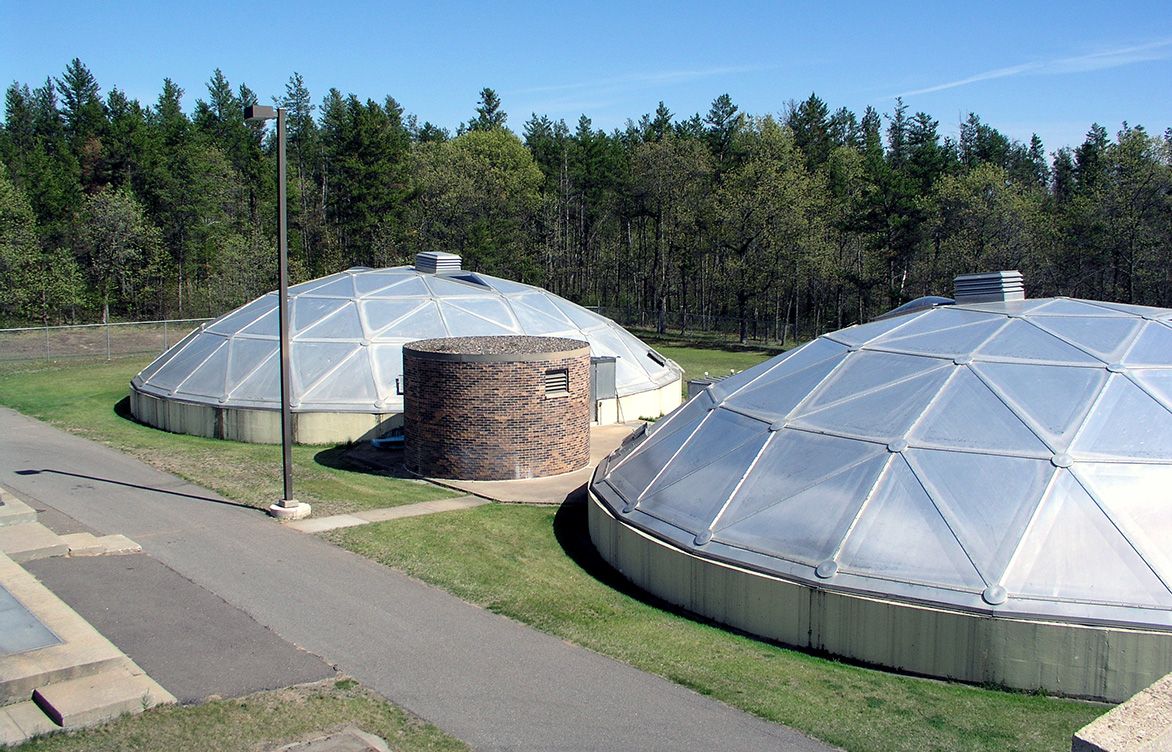 A wastewater treatment plant in Brainerd, Minnesota.
A wastewater treatment plant in Brainerd, Minnesota.
Based on our two decades of experience assisting clients with per- and polyfluoroalkyl substances (PFAS) assessment, Barr was commissioned by the Minnesota Pollution Control Agency (MPCA) to evaluate currently available alternatives for PFAS removal and destruction from water resource recovery facility (WRRF) effluent, WRRF biosolids, mixed municipal solid waste landfill leachate, and compost contact water (waste streams). We engaged Hazen and Sawyer, a water, wastewater, and stormwater management firm, to analyze PFAS destruction in biosolids. The study includes estimated operations and maintenance (O&M) and capital cost curves related to these activities.
We started with over 50 individual PFAS separation and destruction technologies, narrowing the field down to 13 based on two screening criteria:
-
Current demonstration at commercial scale for liquid treatment technologies and pilot scale for biosolids treatment technologies
-
Demonstrated PFAS separation or destruction efficacy—the technologies passing the initial screening were assembled into PFAS management alternatives (combinations of technologies), with destruction included as part of each alternative
Alternatives were screened in more detail based on technical feasibility, economic feasibility, and residuals management. A preliminary design, as well as capital and O&M cost curves, were prepared for the highest-scoring alternatives by waste stream.
These cost estimates were prepared using standard industry practices based on assumed, representative initial conditions for each type of waste stream and are intended to compare alternatives rather than represent estimates for specific projects. Barr expects that facility costs will vary from the costs developed for the study based on the degree to which site-specific conditions and existing infrastructure vary from the baseline assumptions made for the study.
The specific PFAS requiring treatment also impacts operational costs, especially for larger facilities and systems with high-influent PFAS concentrations. Targeting removal of only long-chain (i.e., PFOA and PFOS) versus short-chain (i.e., PFBA, PFHxA, and PFBS) PFAS could decrease O&M costs relative to those presented in the study. Alternatives relying on media sorption to separate PFAS from the water phase will require less frequent media changeout to remove long-chain compounds compared to short-chain.
The study also extrapolates order-of-magnitude cost estimates if PFAS management were to be implemented across the state, based on the estimated number and size of facilities in Minnesota.
PFAS removal and destruction technologies are constantly evolving.
PFAS removal and destruction technologies are constantly evolving. Continued full-scale demonstration of targeted technologies to further concentrate and destroy PFAS could potentially provide lower-cost PFAS management at individual facilities, once commercially available.
As one of the first consulting firms to develop effective approaches for assessing and resolving PFAS issues, Barr is a recognized leader and trusted consultant to clients on PFAS issues across a range of industries, including the public and private sectors. Across our diverse PFAS projects, we provide our clients with sound, science-based solutions.
For more information about Barr’s PFAS work, contact us.
About the authors
Katie Wolohan, senior environmental engineer, has more than seven years of environmental consulting experience and assists clients with industrial and municipal water and wastewater treatment, water reuse, and environmental compliance and permitting. She works with clients to navigate water and wastewater treatment challenges and options from conceptual design and bench and pilot testing through full-scale system start-up. Katie has assisted with the evaluation, design, and implementation of several water treatment systems, including a specialized acid-recovery ion-exchange system, an advanced oxidation process system for the removal of 1,4-dioxane from drinking water, and multiple per- and polyfluoroalkyl substance (PFAS) treatment systems.
Don Richard, vice president and senior civil engineer, has three decades of experience treating industrial wastewater and groundwater contaminated by a wide variety of substances. He has managed numerous soil, sediment, and groundwater investigation and remediation projects to enhance and restore natural environments and promote redevelopment. In addition, he has directed several projects involving petroleum-release response actions; served as a senior technical resource in evaluating, pilot-testing, designing, and installing treatment technologies at contaminated sites; and managed the investigation and remediation of contaminated sediments in lakes, rivers, and wetlands.
Related article
Emerging PFAS destruction technologies
PFAS are persistent in the environment, accumulating in soils, groundwater, surface water, and the atmosphere until they are actively removed and destroyed. PFAS waste management has increasingly focused on final fate and the need to destroy (mineralize) these chemicals to avoid potential future liability associated with the potential for re-release to the environment. High-temperature technologies such as incineration, thermal oxidation, and granular activated carbon (GAC) thermal reactivation are the only PFAS destruction technologies currently applied on a large scale (e.g., over 100 tons of material per day) and operate at temperatures of over 1,000°C. Due to the high cost of disposal as well as uncertainties concerning the final fate of PFAS, there is a growing need for new PFAS destruction technologies.
